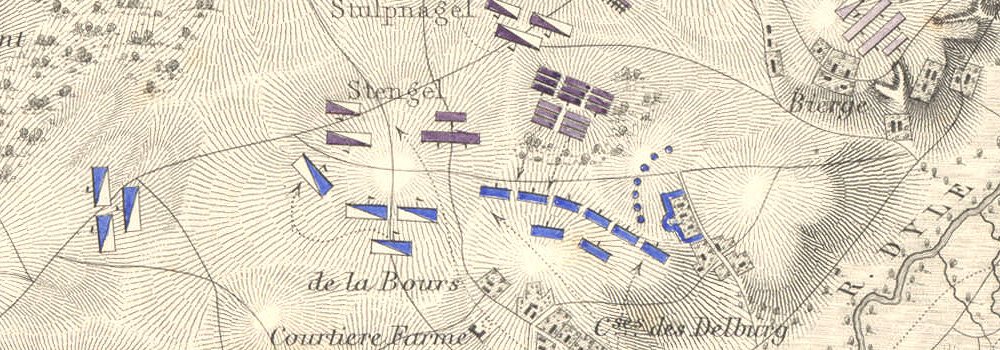The Russian Empire provoked a war with the Ottomans in 1787 by insisting that Turkey recognize a Russian protectorate over Georgia. For their part, the Ottomans instigated a revolt among the Tatars in the Crimea. When war broke out, Austrian was bound to support Russia by a secret treaty. In 1788, the Austrian army, personally led by Emperor Joseph II scored few successes against the Ottomans in Serbia and Transylvania.
In the following summer, an Austrian corps led by General der Kavallerie Prince Josias of Saxe-Coburg-Saalfeld moved west to join Alexander Suvorov's Russian army in Moldavia. The combined Austro-Russians defeated the Turks at the Battle of Focșani on 1 August 1798 and the Battle of Rymnik on 22 September. Meanwhile, Laudon took command of the main Austrian army and repelled an Ottoman invasion of Bosnia.
Laudon opened the siege of Belgrade on 15 September 1789. After a three week siege, the place fell to an assault on 8 October. Austria soon became preoccupied by threats from the Kingdom of Prussia, by a loss of interest in the war by Russia, by the Brabant Revolution in the Austrian Netherlands, and by troubles throughout the empire.
A truce between Austria and Turkey was arranged on 27 July 1790. This event was followed by the Treaty of Sistova on 4 August 1791. Austria restored Belgrade and other captured territories to the Ottomans in return for a strip of land in northern Bosnia. The Ottomans came to terms with the Russians by the Treaty of Jassy on 9 January 1792. By agreement, the Russians kept all captured lands east of the Dniester River.
A number of Austrian officers who performed noteworthy service at Belgrade rose to high command during the wars with the First French Republic and the First French Empire in the period from 1792 to 1815. Eugène-Guillaume Argenteau was Oberst (colonel) of the Laudon Infantry Regiment Nr. 29 during the siege. For his engineering work, Franz von Lauer earned promotion to general officer.[6] Oberst Andreas O'Reilly von Ballinlough commanded the Modena Chevau-léger Regiment Nr. 13 and Oberst Prince Heinrich XV of Reuss-Plauen led the Wenzel Colloredo Infantry Regiment Nr. 56 during the siege. As a staff officer, Major Johann Heinrich von Schmitt distinguished himself at Belgrade.
